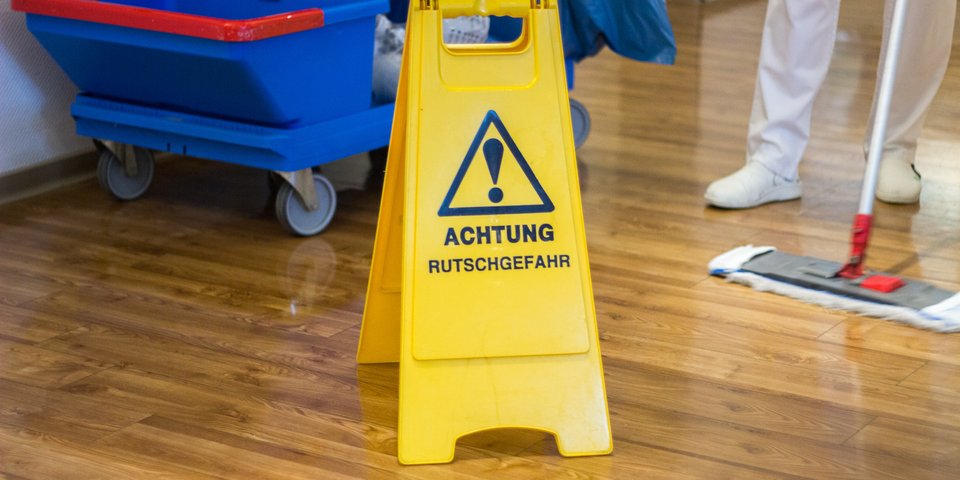 Sir_Oliver - Fotolia
Sir_Oliver - FotoliaSocial security for ‘gig workers’
Similar problems to telework and domestic work.
Dr.WSW – 01/2018
In an ongoing project, experts from the European Social Insurance Platform (ESIP) have been analysing the effects of digitalising the world of work on social security and social insurance. In doing so, focus has been given to well-known forms of work which could offer solutions because of their closeness to certain new developments (elimination of the traditional ‘business’, short-term assignments for changing recipients). As a first step, the currently unpublished study, prepared by Niko Väänänen of the Finnish Centre for Pensions (ETK), has targeted the areas of ‘Home/Teleworking’ and ‘Domestic Work’. The responses of ESIP members to a structured questionnaire provide a comparative insight into the social and labour legislation of work done in private households, as well as workplace inspection and OSH for home and telework. It also provides initial insights into the quantitative weight of the phenomenon of work being distributed through online platforms.
OSH and workplace inspections
The study paints a mixed picture when it comes to ‘Workplace Inspection and OSH for Telework’. The overall impression is that, unlike Germany, such inspections do not take place at all or to a very limited extent, and that they require the consent of the property owner. In terms of health risks in the home work environment, the employer typically has responsibility or co-responsibility for this, albeit adjusted to the fact that an employer only has limited influence over conditions outside of company premises.
The household as ‘employer’
Private households have obligations to domestic workers which are similar to those of employers, especially with regard to social security contributions. However, it is clear that in addition to the ‘employer model’, there are other legal constructs which mean the household can avoid becoming an employer but without a noticeable change to the work done. Of particular note is the possibility of doing domestic work under the statute of self-employment. It is worth noting, that even the choice of employment statute can be linked to numerous special rules in terms of everything from what an employer’s obligations are and how they should be performed through to special tax rules. Above all, there are ways to make it easier for households to meet their employer obligations via special public services, including even quasi ‘deputising’ their employer obligations. An example of this is an exemption from social security contributions (seen in Germany with the Mini-Job Exchange and in France with Chèque emploi Sercice Universel). These could prove to be good role models for dealing with platform work.
Extent of the platform work phenomenon
Exact figures for the extent of platform work are quite rare. The French statistical authority INSEE estimates the value at about €7 billion annually. However, this also includes the trade of goods via platforms. Limited to ‘work’ in its narrower sense, it is only €1.5 billion, but even this includes turnover from Airbnb, which is generated more by capital utilisation rather than through work itself.
Poland and France are trying to gain a better insight into the quantitative aspects of the phenomenon by using new statistical modules from 2018 onwards. In addition, a Eurostat working group (LAMAS) is also currently discussing proposals for the introduction of a module for the gig/collaborative economy as part of the Labour Force Survey (LFS); however, this data cannot be used until 2022.
The eagerly-awaited second part of the ESIP study will be released in a few months. This is being prepared to a large extent by the European Representation of the German Social Insurance. It will focus on three forms of platform work: virtual work (clickworkers), passenger transport (e.g. Uber) and goods transport (e.g. Foodora).
